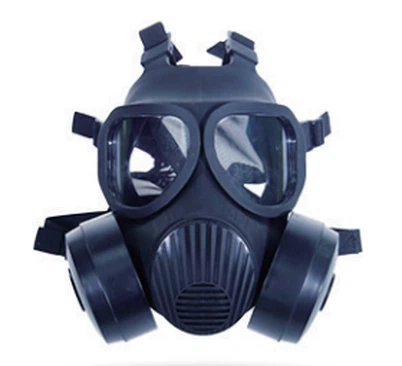The difference between columnar activated carbon and crushed activated carbon
Leave a message
Activated carbon is a highly effective adsorbent that is widely used in various industries such as water treatment, air purification, and gas processing. Two types of activated carbon are commonly used: granular activated carbon (GAC) and powdered activated carbon (PAC). However, there is another type of activated carbon known as cylindrical activated carbon, which is often referred to as pellet activated carbon or extruded activated carbon. In this article, we will discuss the difference between cylindrical activated carbon (CAC) and broken activated carbon (BAC).
Firstly, CAC is usually produced by extruding activated carbon powder into cylindrical shapes, which are then cut into pellets of various sizes. On the other hand, BAC is made by pulverizing activated carbon granules into smaller particles. As a result, CAC tends to have a more uniform shape, size, and density than BAC. This makes CAC more effective at removing impurities from fluids and gases, as the particles are evenly distributed and can create a more consistent flow rate.
Secondly, the manufacturing process of CAC involves mixing activated carbon powder with a binder material such as clay, which is then extruded into the desired shape and heated to activate the carbon. BAC, on the other hand, does not require a binder and is produced simply by crushing and sieving activated carbon granules. As a result, CAC tends to be more durable and resistant to abrasion than BAC. This makes CAC a more suitable option for applications where the carbon must withstand high flow rates or frequent backwashing.
Finally, CAC and BAC have different uses depending on their properties. CAC is ideal for applications where a high surface area is required, such as in wastewater treatment or groundwater remediation. BAC, on the other hand, is often used in smaller-scale applications such as aquarium filtration or the removal of organic pollutants from household air purifiers.
In conclusion, both cylindrical activated carbon and broken activated carbon have their own unique properties and applications. It is important to understand the differences between the two in order to choose the most appropriate type of activated carbon for the intended use.






